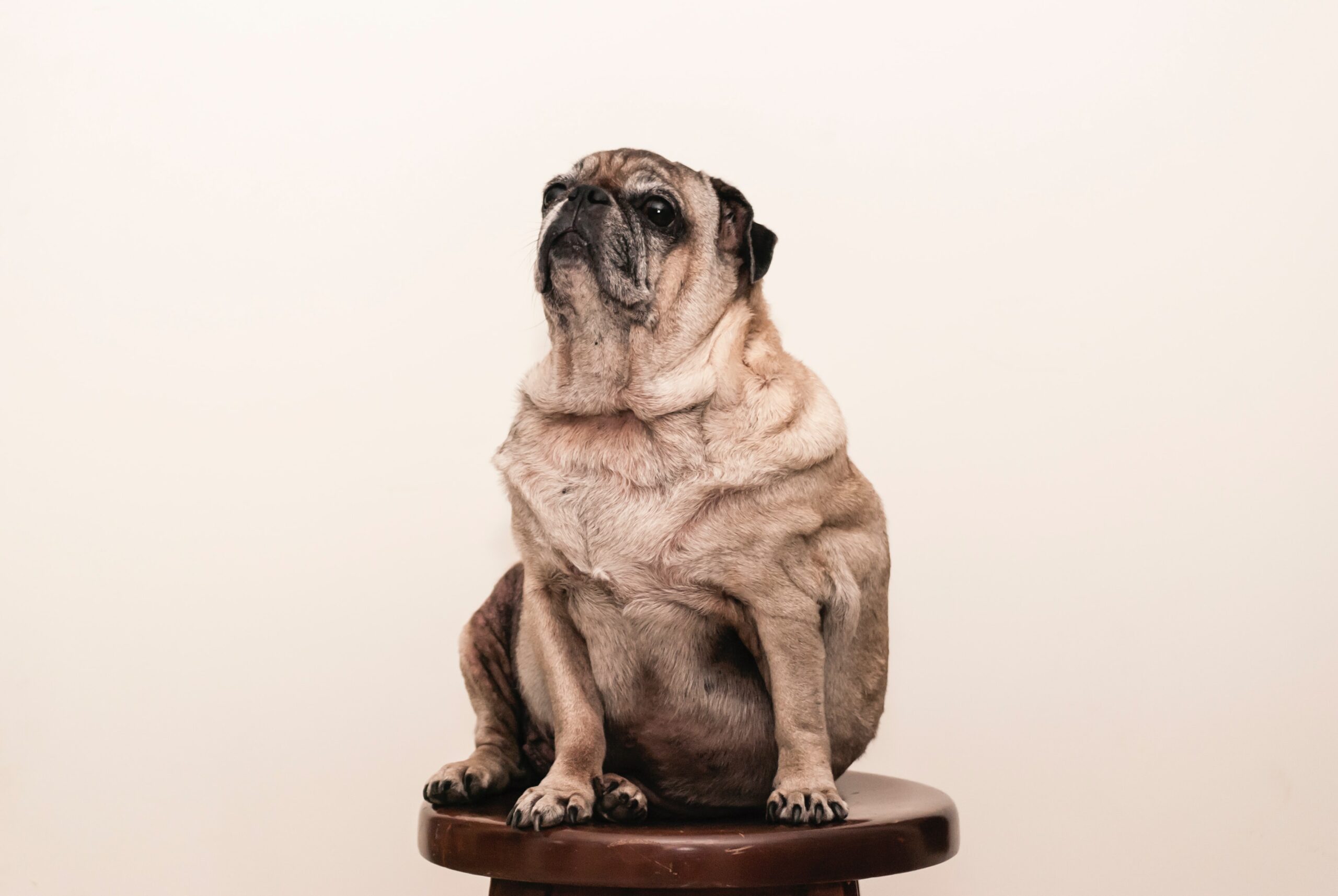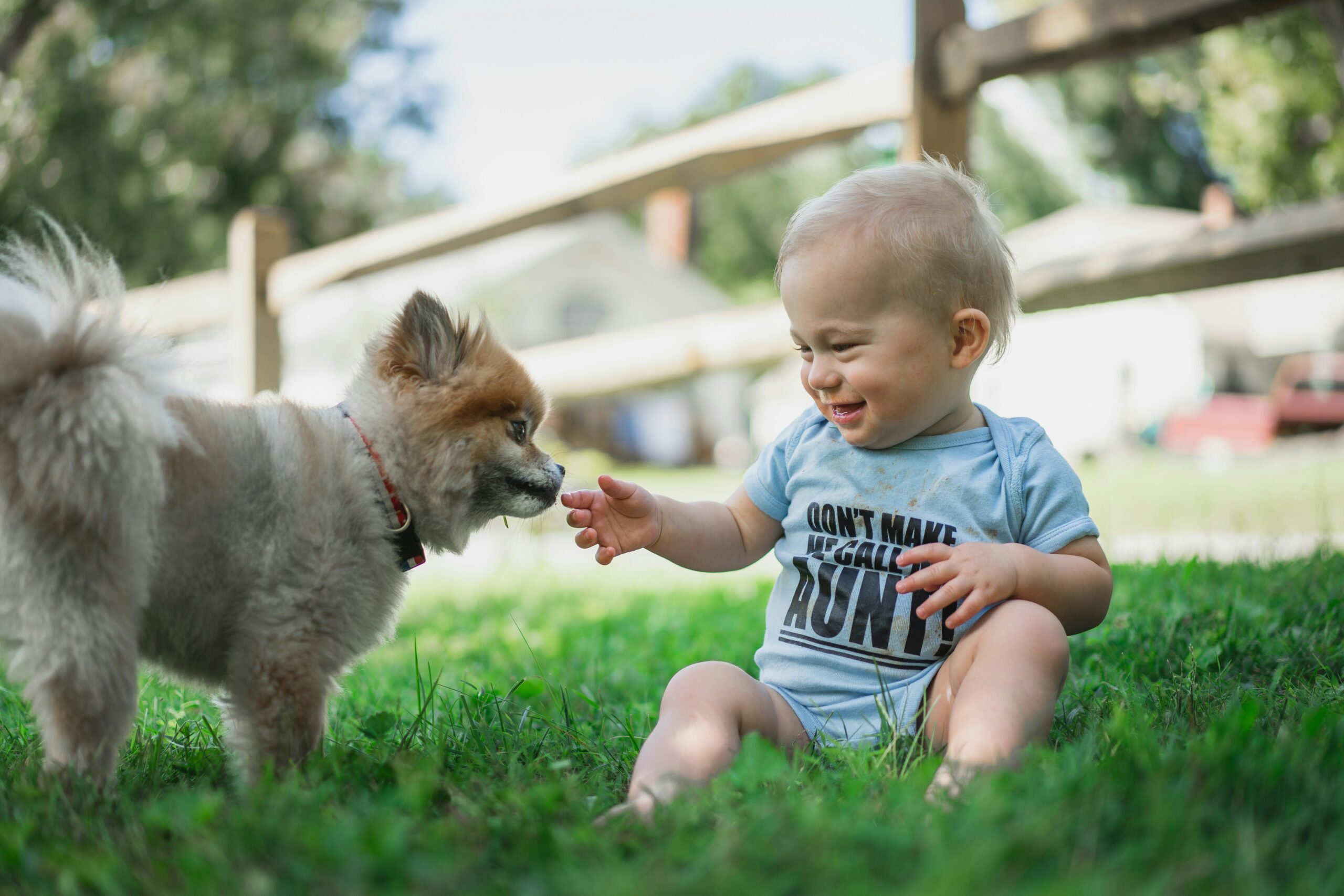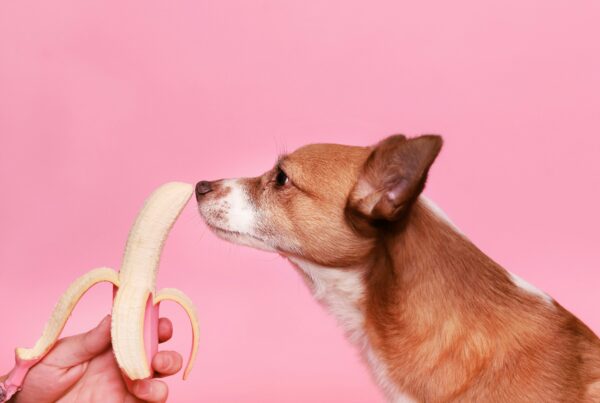If your pup has gotten a little pudgy or if he or she waddles instead of walks, then it may be time to put your dog on a diet. This might sound simple, but it is certainly not easy, especially when you have a pooch who loves to eat. However, for the sake of your pet’s health, you will have to get tough and help your dog lose some weight.
Know What Is Normal For Your Dog
The first step in planning your dog’s diet is to know what is a normal, healthy weight for your pet. Do some research according to your dog’s breed, or ask your vet to give you some guidelines. You may also check with your vet to confirm your dog’s current weight and request some advice about a weight loss program based on your animal’s health.
Understand the Risks
To motivate yourself to endure a begging, grumpy, dieting dog, you may want to read up on the risks involved in your pet’s current overweight state. Obesity can actually be quite dangerous for dogs, for it can lead to arthritis, heart and breathing issues, bone and tissue strain, skin diseases and an overall poor quality of life. Obesity can also lead to a decreased lifespan for your pet.
Adjust Your Dog’s Food
Therefore, if your dog is eating like he is on the GOMAD diet and gaining weight because of it, it is time to make some major adjustments. The first place to start, of course, is with your pet’s food. Ask your vet to give you a target number of calories your dog should eat per day according to your weight loss goal. Your vet might also recommend a new food designed to help your pet lose weight. Avoid the “weight loss” formulas available at the pet store or grocery store. These may actually contain more calories than regular food. Prescription or vet-recommended foods are best.

When you are introducing your pet to a new food, start small. Blend a little of the new food in with your dog’s regular meal, and watch what happens. Your pet will likely show a preference, hopefully for the new food! Increase the proportion of new to old gradually. You will likely be faced with the challenge of a whining, complaining dog who begs for more, but be strong. Hold off on most treats (unless your vet suggests a treat you can use in moderation), and distract your animal with play or exercise. You can also feed your dog small meals more frequently throughout the day.
Provide More Exercise
Increasing your dog’s exercise level is another key to weight loss. Increase the length of your pet’s walks, and don’t let your pet stop and sniff every interesting object. You should walk steadily and briskly. Also, spend more time playing with your dog, throwing a ball or a stick. Spread activity throughout the day, including, perhaps, a trip to the dog park or a swim in a local lake or river. If you are not home with your pet during the day, consider a doggy daycare where there is continual play and activity throughout the day.
Monitor Progress
Keep a close eye on your dog’s progress, weighing him or her at least once a month. Pay attention to eating habits, energy levels and overall health. You may need to modify your pet’s diet a bit one direction or the other depending upon weight loss. If your dog is losing too much (more than 3-5% of body weight per month), then you should feed more. If your pet is not losing at the desired weight, increase exercise levels, and talk to your vet for more ideas.
Watch for Health Issues
Finally, watch for health issues in your pet. Sometimes weight gain is a sign of an underlying problem. If your dog becomes lethargic, fails to eat, begins to stumble or has accidents, call your vet right away to schedule a thorough examination. Also, look out for ingrown or overly long dew claws and nails. Pressure and pain from walking on hard surfaces can be a reason for your pets sudden lack of mobility. Dogs that don’t go outside except for every 2-3 days or more need to have their nails trimmed by a vet every 3 weeks. Overgrown nails are likely to happen when you don’t walk your dog enough on concrete or get your dogs nails clipped on regular basis.
Scan For Environmental Factors
Perhaps your dog’s weight gain is due to something less obvious like slippery hardword or laminate floors. Did you dog used to be more active at home in your previous home? Did you just re-do or sand and coat the floors? Can your dog walk confidently or is she/he walking in trepidation that they may slip and fall? Some dogs are nursing a pre-existing injury you may not even notice they got when you weren’t watching because its in their nature to hide injuries and strains. Perhaps adding some rugs or carpets or an adhesive to the stairs will help them become more active in the home again. Some parents even use a paw adhesive to their dogs paws to minimize the slipping.
You love your pet, so commit to helping your dog get to and maintain a healthy weight.
photo credit: https://unsplash.com/photos/_siAu79dnBk
https://unsplash.com/photos/j7mcNG_2vuo
Love our content? Share it with a friend or link it to social media. Like short clips of cute household pets? Training tips? Follow us on instagram @nydognanny or on YouTube at nydognanny. Have some news you needs to get to dog and cat parents stat? Email info@newyorkdognanny.com with your article pitch.




